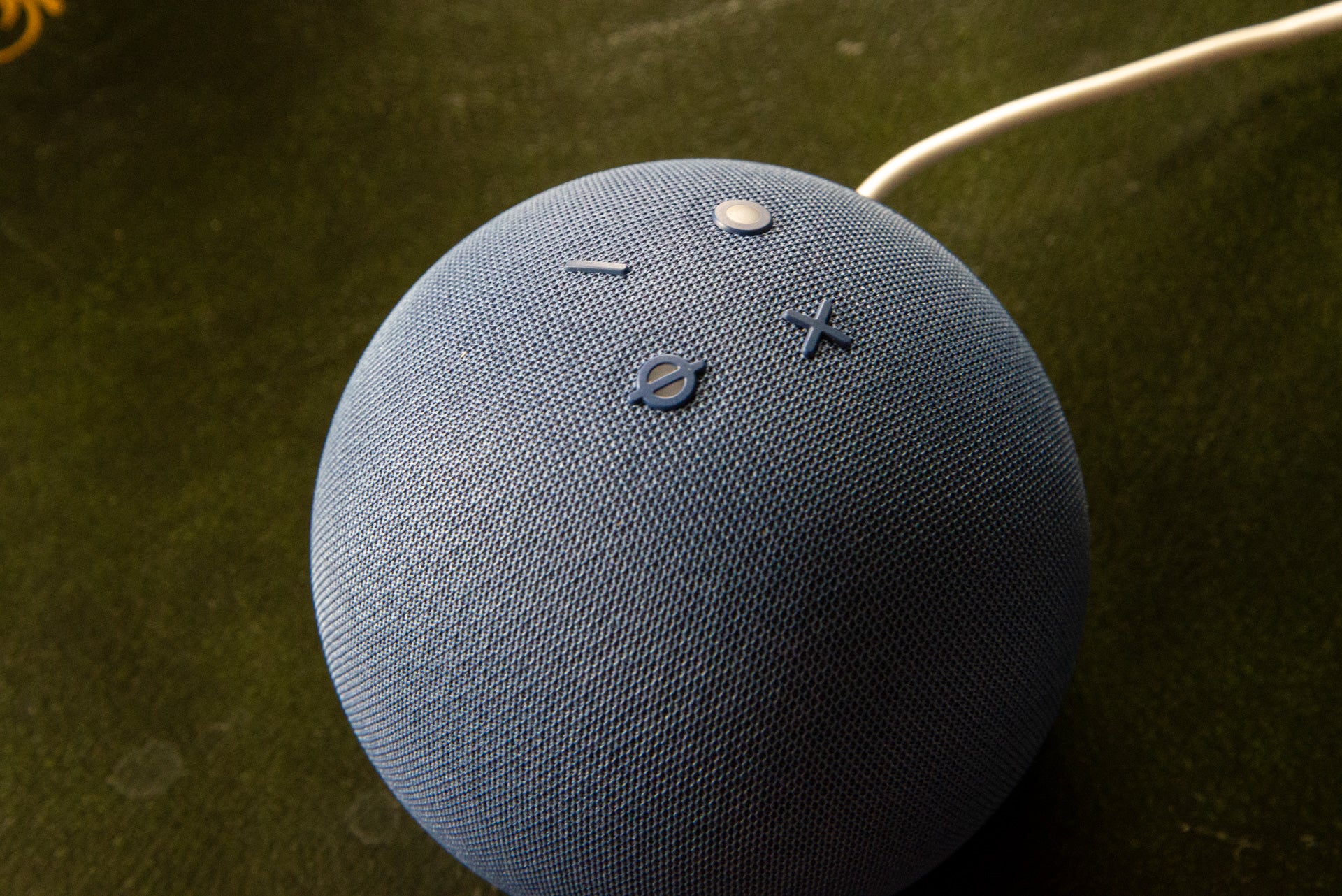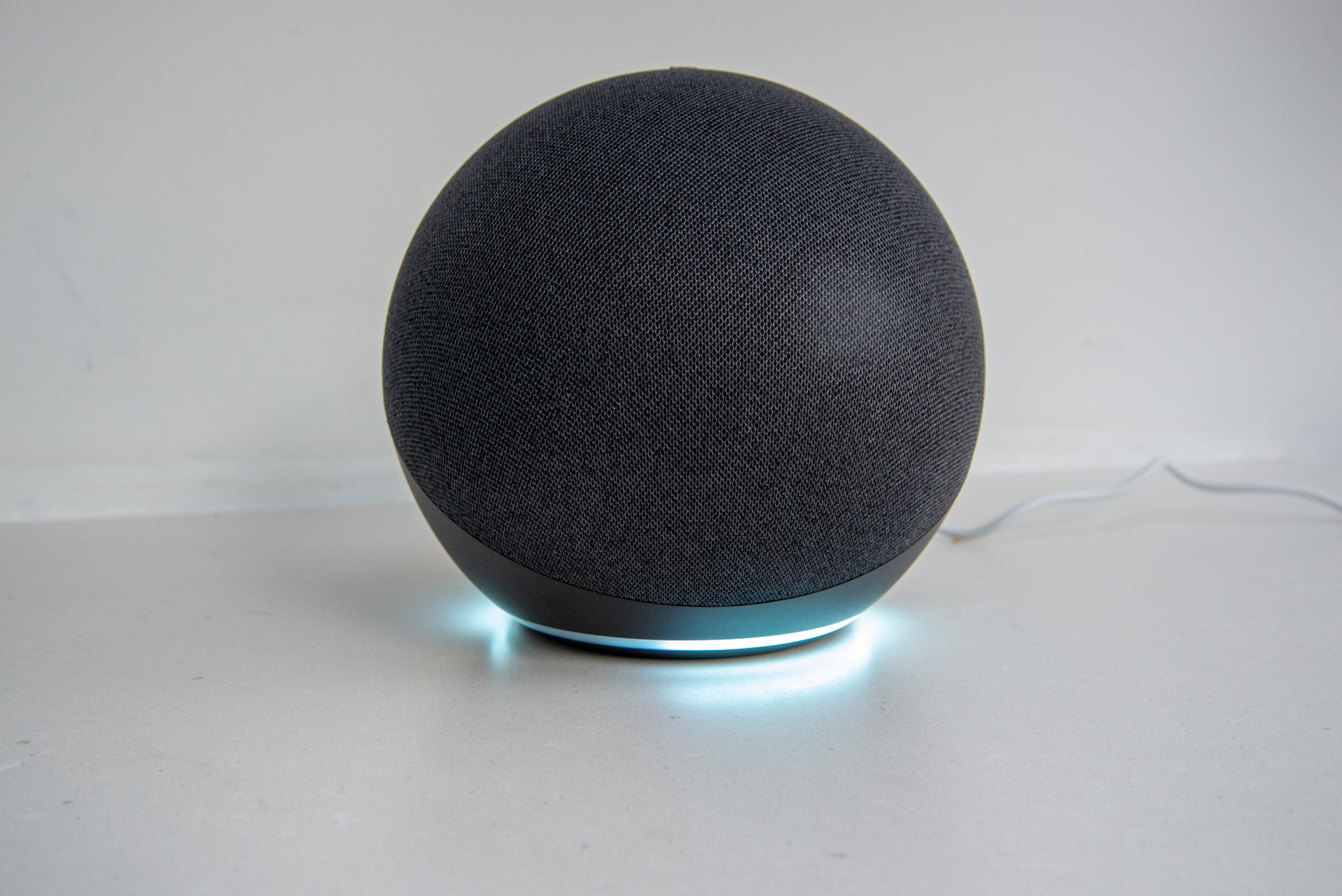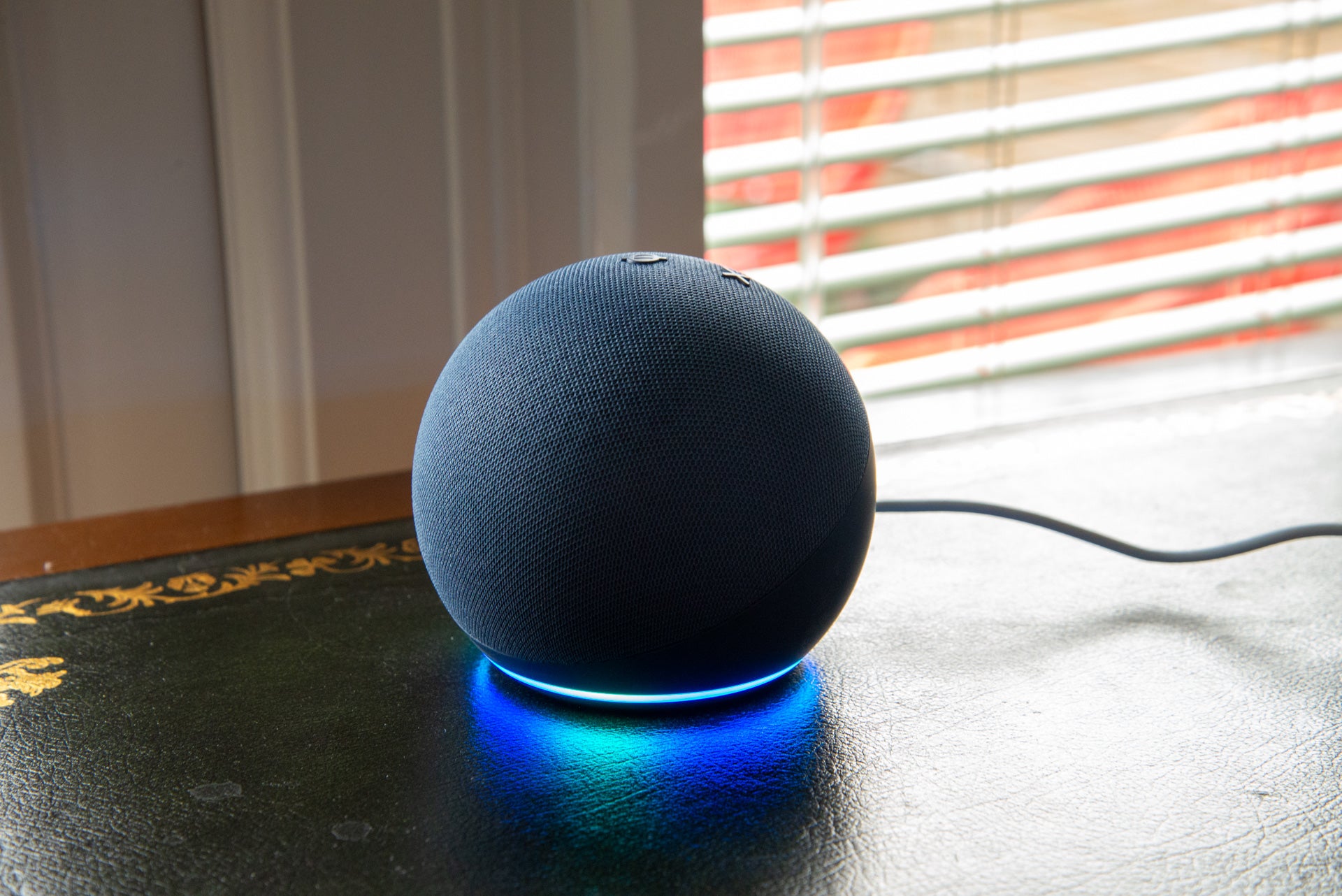Jessica Gorringe
2024-05-28 09:59:40
www.trustedreviews.com
Although the Amazon Echo (4th Generation) and the Amazon Echo Dot (5th Generation) may look similar, there are some key differences between the two Alexa-powered smart speakers.
We’ve reviewed both the Amazon Echo (4th Gen) and the Amazon Echo Dot (5th Gen) and compared the specs here, so you can determine which device is better suited for your household.
Keep reading to learn more about the two smart speakers and how they differ in regards to price, design, features and sound quality.
Design
In terms of appearance there isn’t much to separate the Amazon Echo and Amazon Echo Dot as they look almost identical. Sporting the spherical design that was introduced with the Echo Dot, our reviewer concluded that this style “looks as good today as it did when the product was launched”.
Both Echo devices have the same button layout too (including Volume, Action and Mute) which are raised with individual shapes so they’re easier to select. The status ring light for both can be found at the bottom of the speaker, which we think is a welcome change as it still gets your attention for notifications but the light itself is much less intrusive than older speakers.
The difference between the two comes with connectivity. While the Amazon Echo has two ports, a power input and a 3.5mm audio output, the latter is missing from the newer Echo Dot. However, we don’t think this is an issue, as we found the 3.5mm audio output to be an unnecessary feature.

Features
Naturally as Amazon devices, both the Echo and Echo Dot are equipped with the voice assistant Alexa which can respond to most queries and requests with ease.
Both Echo devices also include the Zigbee Hub which makes controlling your smart home devices easier, by allowing you to add smart home devices including smart plugs and thermostats to your Echo device without having to use additional hubs or bridges.
Amazon introduced its new Low Power mode with the Echo (4th Gen) which reduces how much energy the speaker uses while idle. Although useful, the caveat of this is that if Spotify is linked to your Echo then the Low Power feature won’t work, however this has been improved with the Echo Dot which no longer has this restriction.
Also new with the Echo Dot is the new control feature which allows users to control the Echo with a simple tap. This is useful for controlling the device when a voice command isn’t convenient.
Both the Echo and Echo Dot also have a built-in temperature sensor which you can use to trigger Alexa Routines. For example, if the sensor detects a room is too hot, it can automatically turn on a smart fan to cool it down.
The Echo Dot, however, goes further and has Ultrasound Motion Detection built-in which can also be used in Routines. This means Alexa can turn on a light when motion is detected or turn off the heating when no motion is detected.


Sound quality
Amazon managed to squeeze in two 0.8-inch tweeters and a 3-inch woofer into the Echo and although there’s not enough space to allow for proper stereo separation, our reviewer concluded you still “get a clearer sense of the stereo effect.” The dual tweeters also allow for more detail, with clarity and subtlety pulled out from the music.
Our reviewer concluded with the Echo that it’s “better when at mid-volume levels” as the sound “gets muddier” at maximum volume.
The Echo Dot however has a larger 1.73-inch front-firing speaker which delivers more bass than its predecessor. Our reviewer concluded that although the range “isn’t as good as with the standard Echo speaker” for the price it delivers “a surprisingly good audio experience.”
Pricing and availability
The older Echo (4th Generation) has an RRP of £109.99/$99.99 which is considerably more expensive than the Echo Dot’s RRP of £54.99/$49.99. However we have seen deals and bundle offers available for both devices, so it is possible to snap up a bargain. You can see the latest prices below.





































































